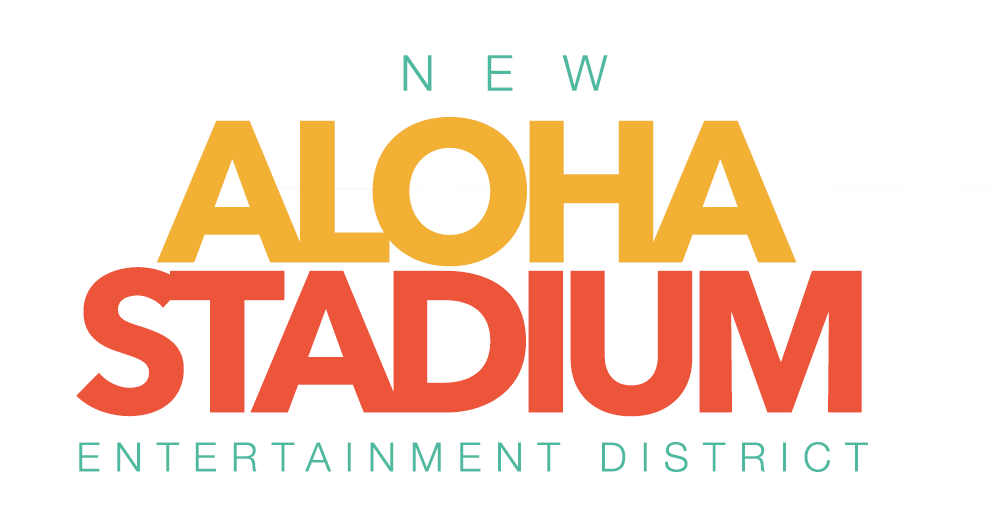KHON
Always Investigating
By Gina Mangieri
June 9, 2021
Updated 6:21 p.m.
HONOLULU (KHON2) — Most agree that Hawaii needs a new facility to replace the aging Aloha Stadium. There could be a new path to paying for that stadium under a bill awaiting the governor’s signature. Always Investigating examined the pros and cons.
The pending plan would shift much of the $400 million price tag to developers up front but could cost taxpayers more in the long run.
When Aloha Stadium is demolished sometime next year, down with it could come the old way of building and paying for big public projects in Hawaii.
“Aloha Stadium, as it exists today, is 100% paid for by taxpayers,” said Sen. Glenn Wakai, Economic Development & Tourism Committee Chairman, “and it just sits there with no real maintenance plan.”
In its place is what’s teed up to be one of the state’s biggest public-private partnerships — the New Aloha Stadium Entertainment District (NASED) — with its latest price tag at about $400 million. That’s already up a bit from an original $350 million estimate. Lawmakers passed a bill changing the formula from a $350 million state tab to instead commit $180 million in state funding up front, with the developers fronting the rest.
NASED project moves forward after Board votes for early demolition of Aloha Stadium
“Wouldn’t it be better to have a partner?” Wakai said, “In this case, a private developer as a partner that ensures a better outcome rather than the state footing the entire bill and putting the entire project together itself?”
That’s a question Gov. David Ige is weighing as he decides whether to sign or veto HB 1348. He’ll have to indicate which way he’s leaning by June 21st, the intent-to-veto deadline. The bill doesn’t just deal with how to split the tab — it also rearranges who’s in charge after the project has been volleyed back and forth between agencies.
“We fully understand who’s in charge, and that’s the Stadium Authority. Then we say DAGS (Department of Accounting and General Services) and HCDA (Hawaii Community Development Authority) — you support with the powers that you have: your permitting powers, your engineering expertise, development, management powers, DAGS has the financial understanding,” Wakai said. “Without this bill, it’s kind of all over the place as to who’s in charge, and we don’t want Rail 2.0, where it’s really not clear who’s doing what.”
What about the stadium itself becoming Rail 2.0 in terms of cost escalation? Under HB 1348:
“If this turns into a billion-dollar stadium, that’s the developer’s responsibility to pay for that difference,” Wakai said. “After $180 million, the state is not going to put any more dollars into this particular stadium.”
But even with a private partner as the bank up front, there’s still a risk it could cost taxpayers more in the long run in the form of lost revenue.
State moves forward with new Aloha Stadium project, starts with real estate
“The state has to go to the table and say, okay, what’s a fair return for you, developer? And what’s a fair take for us as the landowner for you leasing this space?” Wakai explained.
What is the role two of the most important tenants will play in its future? The swap meet accounts for the most revenue to the stadium, and the University of Hawaii was forced to build their own interim Manoa facility due to uncertainties in timing for old and new stadium availability.
“It was terrible that they got a big surprise last December that they had to go find a new home,” Wakai said, “so I think it’s great that UH is probably going to hit its mark on having that stadium up to 9,000 capacity.”
UH has presented a list of what it wants to see for athletics in a new deal and says they’re planning to return to Halawa when the new stadium is ready. NCAA Division 1 athletics regulations make it almost a certainty football would have to return to Salt Lake, but Always Investigating asked: Is there any scenario under which the interim field at Manoa becomes a long-term-use facility?
A UH spokesperson responded: “Anything is possible.”
“Where there’s more fan demand than they can accommodate, it will push over to have them be an occupant in the new stadium,” Wakai said.
And what about those swap meet vendors?
“I think we could monetize those lands a lot better by putting up retail, by putting up hotels,” Wakai said. “Housing is another important factor there as well. So I appreciate all the swap meet vendors are have contributed. They will certainly be part of the near future. But in terms of the long term future, I’m not too sure if in 20 years from now we’re going to have the swap meet at Aloha Stadium.”
Copyright 2021 Nexstar Media Inc. All rights reserved. This material may not be published, broadcast, rewritten, or redistributed.
Video clip can be viewed at:
READ FULL ARTICLE HERE.

